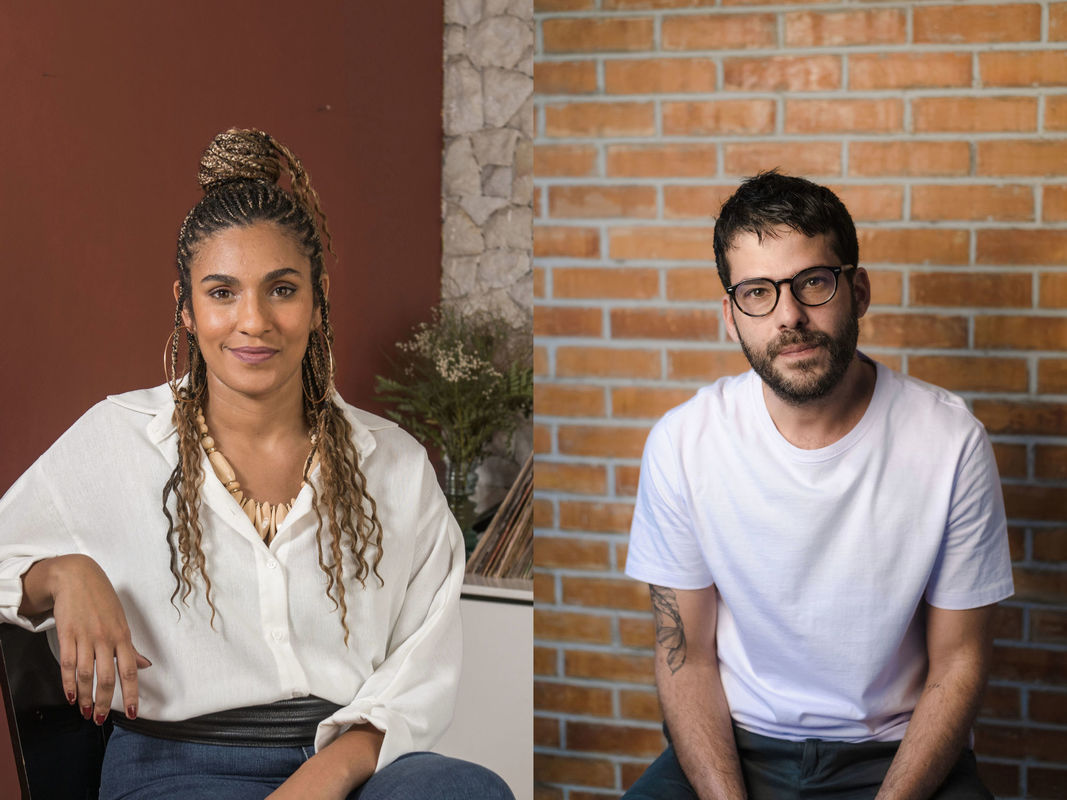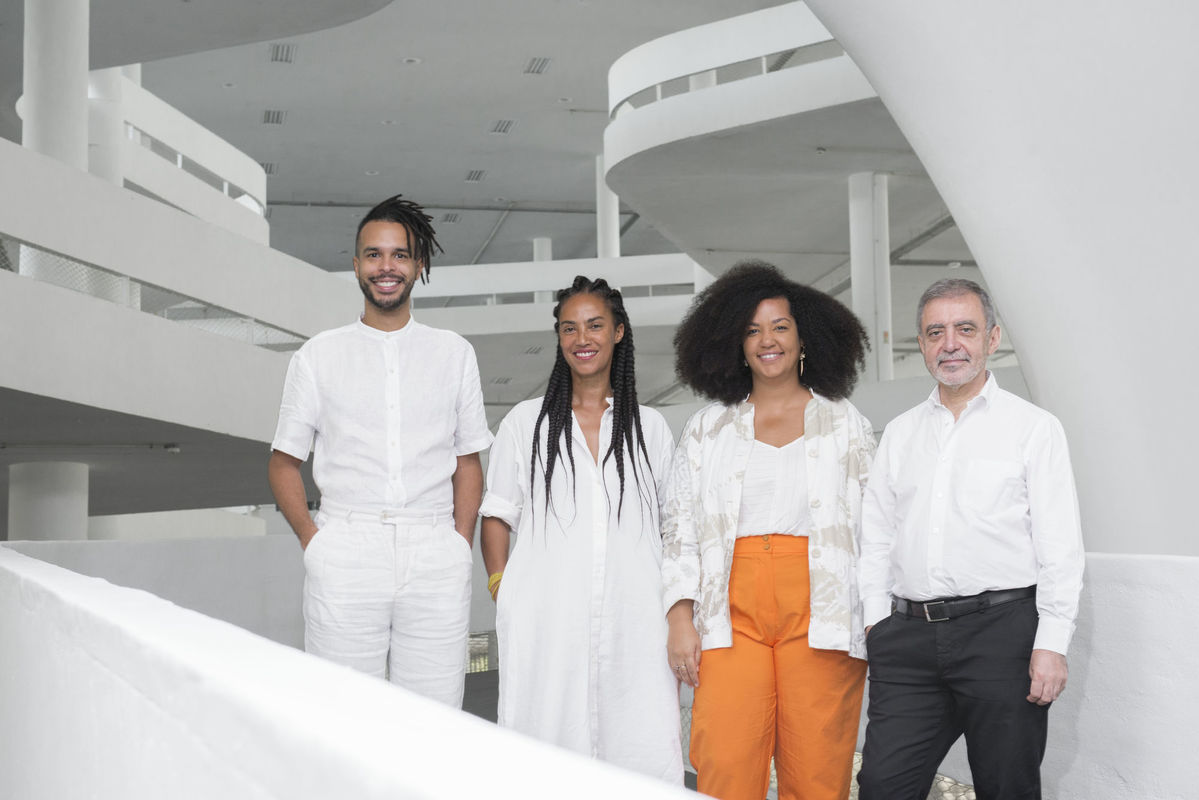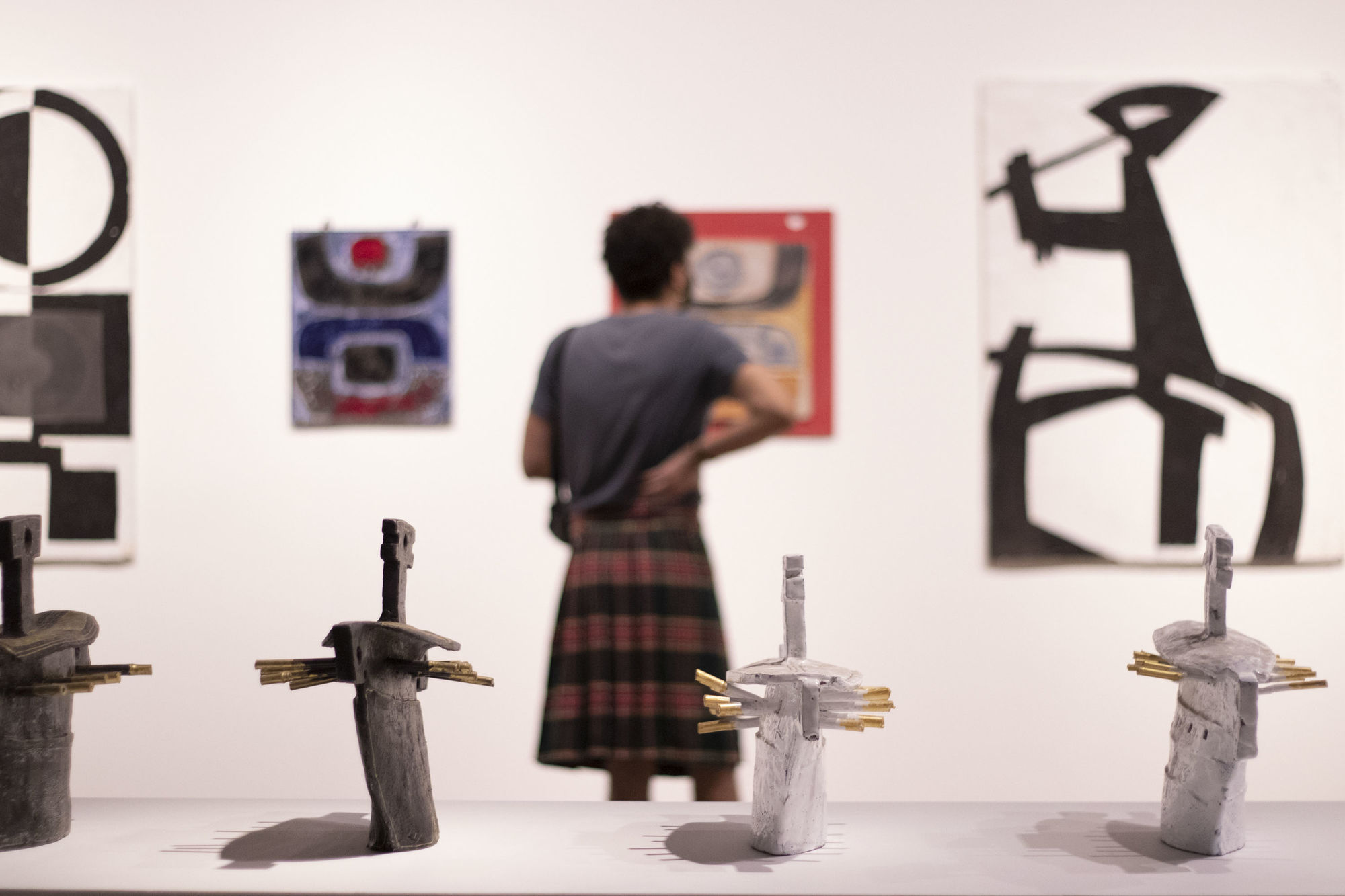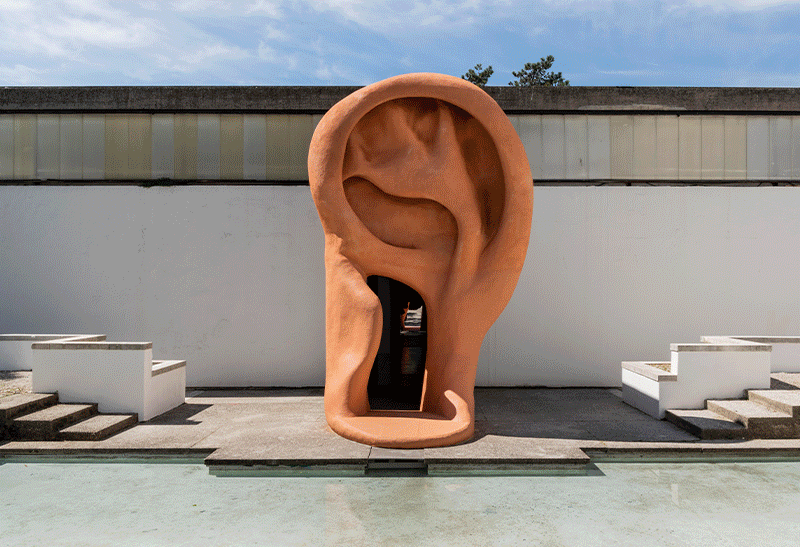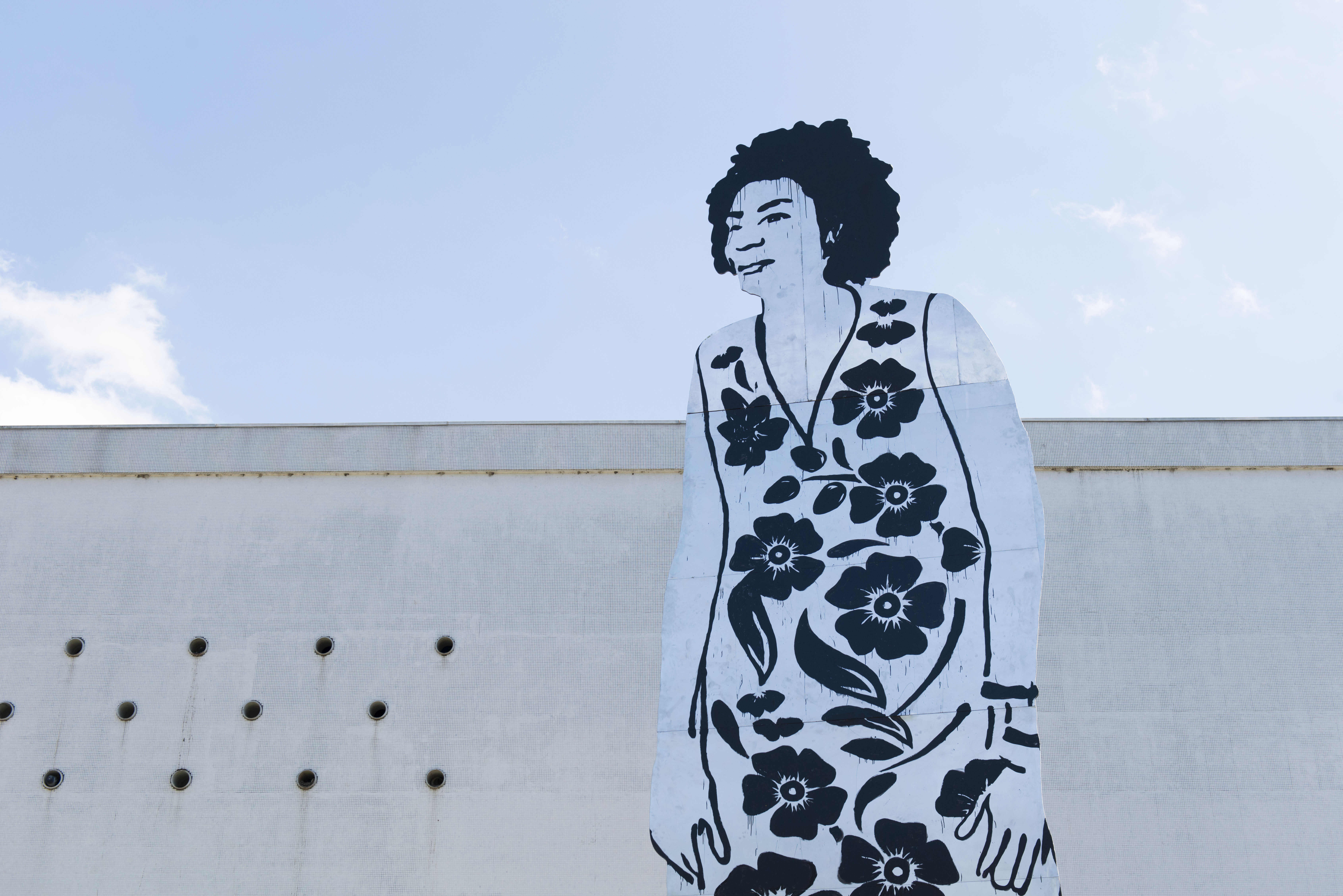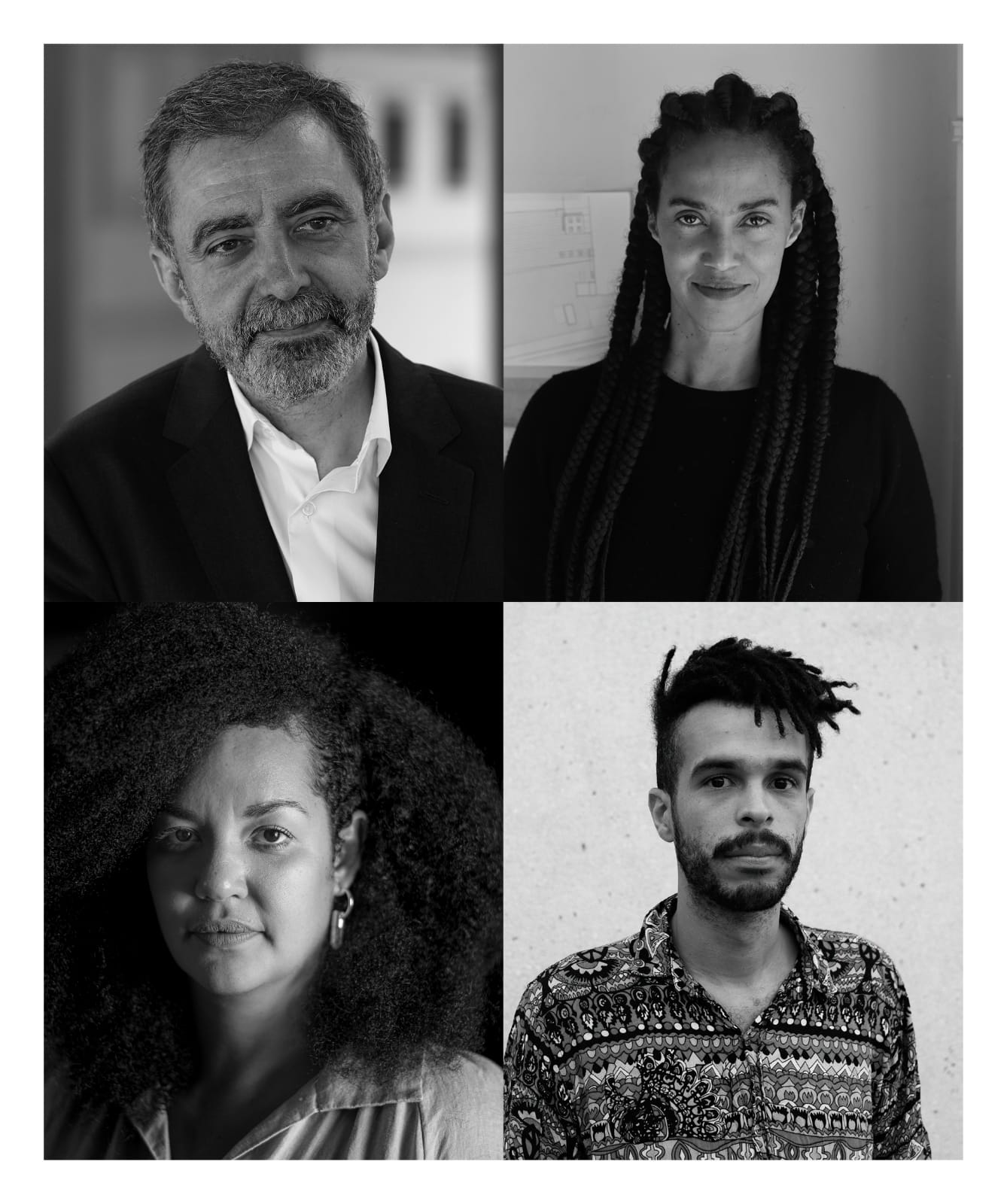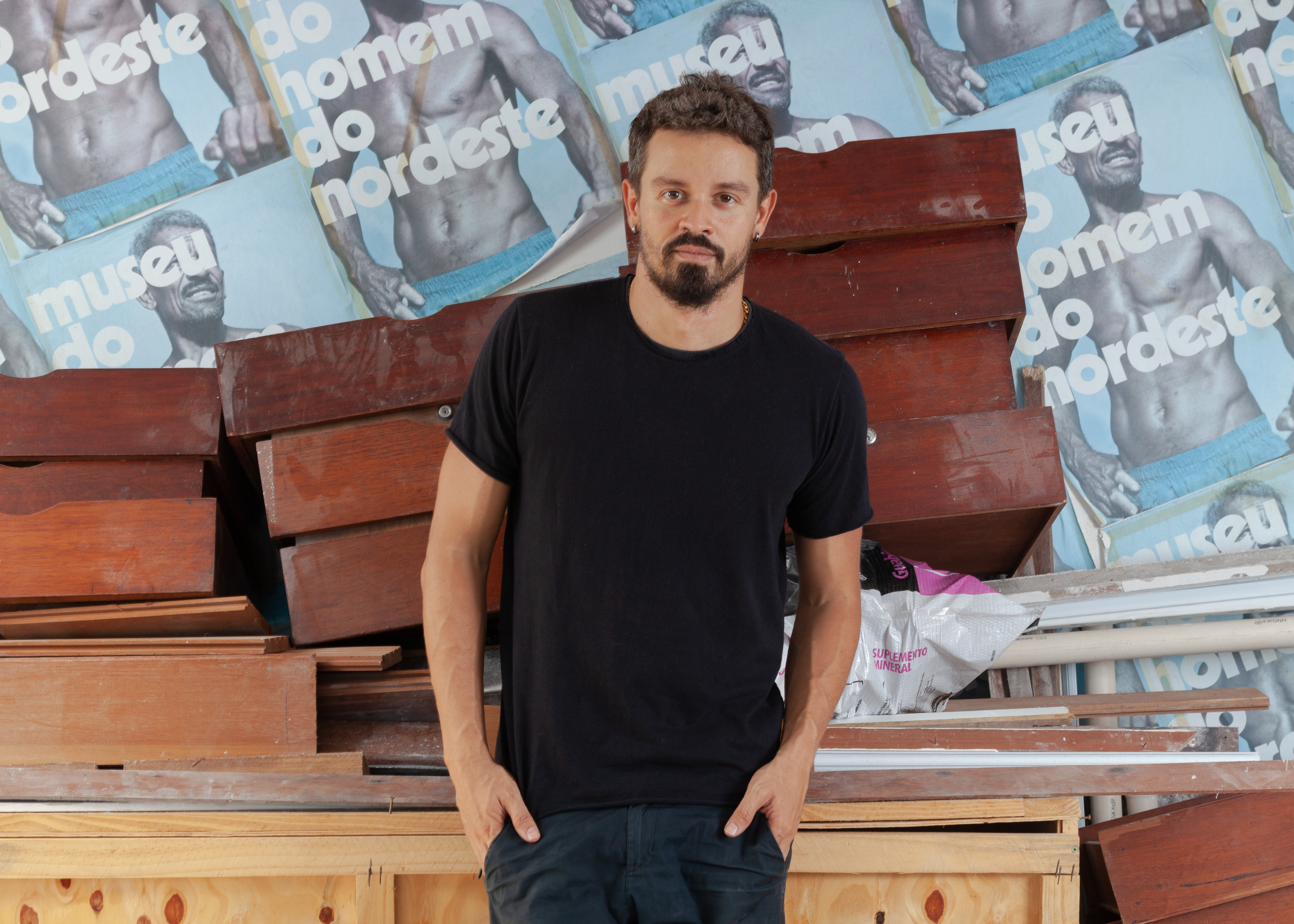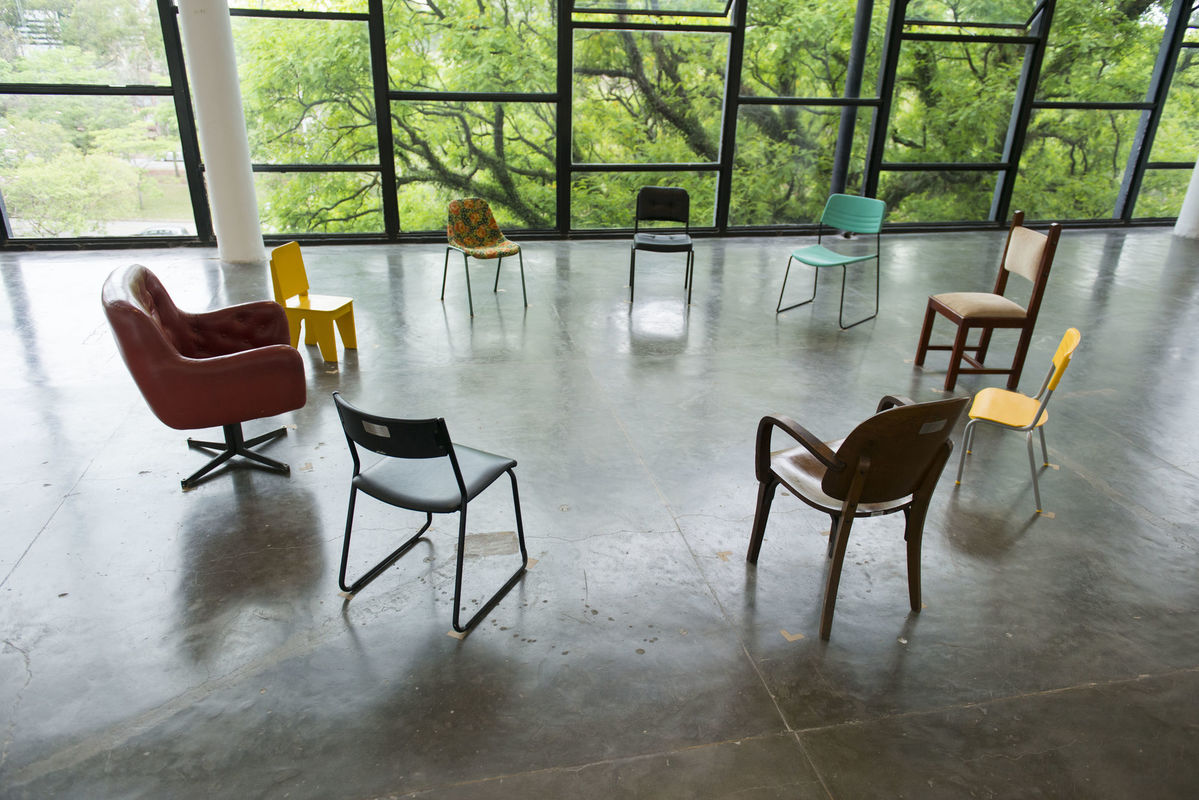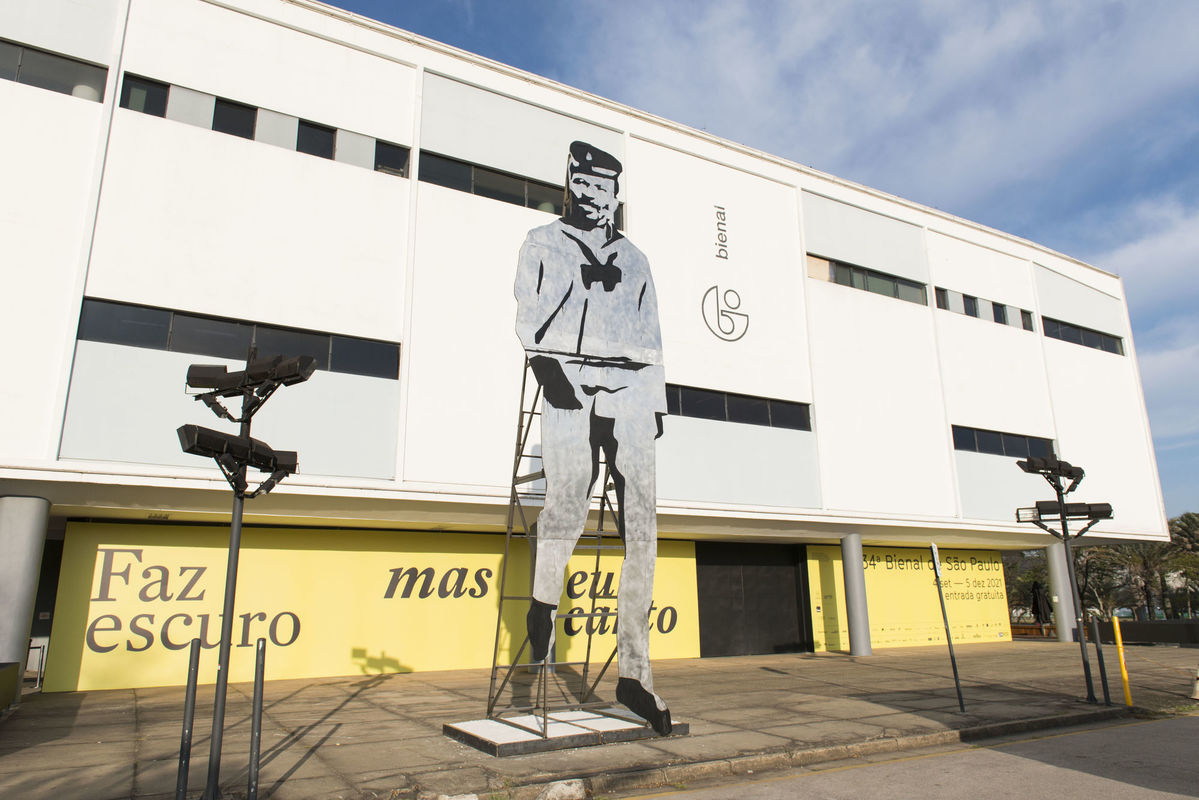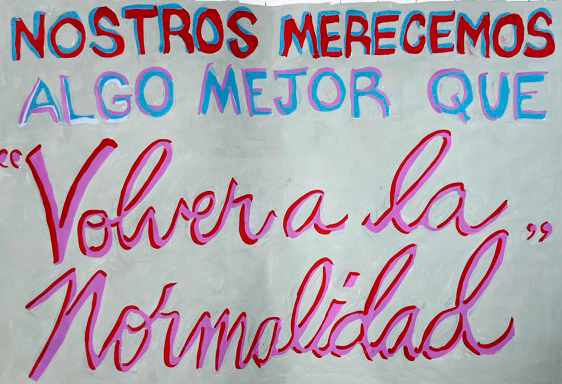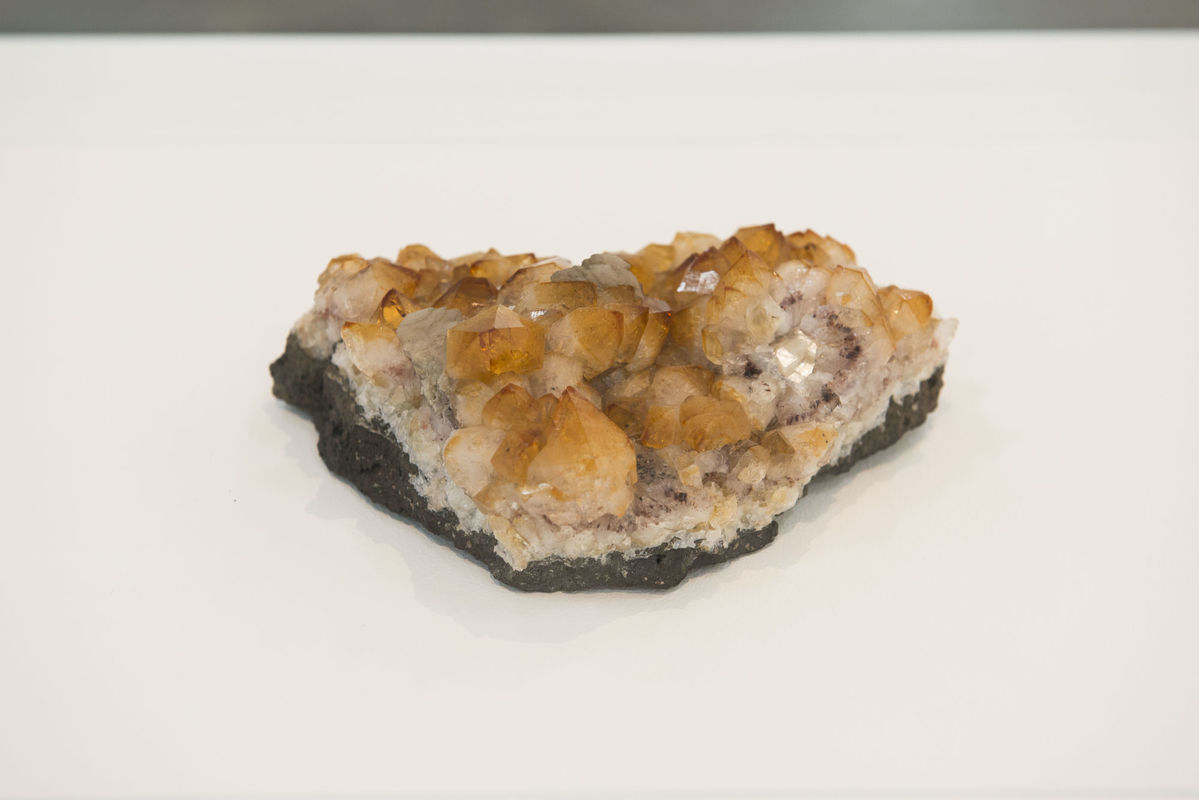
Throughout the process of constructing the 34th Bienal de São Paulo, its curatorial team, participating artists and guest authors will send out letters with open dialogues that directly and indirectly reflect the development of the exhibition. The text below was written by the Jacopo Crivelli Visconti, chief curator of the 34th Bienal de São Paulo.
Imagining is not merely looking or looking at; nor is it taking oneself intact into the other. It is, for the purposes of the work, becoming.1
Toni Morrison
There were more than twenty letters. There were more than twenty months. Long and tough months. Months of silence, grief and loneliness. Months in which many things changed, most of them for the worse. We are still here. Believing that everything that happened does not make what we do less important. Rather, it makes it more important, because going forward despite everything is the most courageous gesture at this moment. Going forward in the struggle, but also in the defense of spaces for smiling, for pleasure, for art, for poetry and for song. Hoping that happiness helps the struggle, that tenderness helps the resistance. That we are able to thus enjoy the time until everything gets better. Really better. Not better once again: better for the first time. Better, finally, for everyone. Because, as Fred Moten once said, paraphrasing Fred Hampton, “the coalition emerges out of your recognition that it’s fucked up for you, in the same way that we’ve already recognized that it’s fucked up for us. I don’t need your help. I just need you to recognize that this shit is killing you, too, however much more softly, you stupid motherfucker, you know?”2
The preliminary plans for the 34th Bienal, written nearly 3 years ago, began by stating that
the idea of an exhibition that is gradually constructed through an open process whose functioning and conceptual premises are readily apparent is supported on the notion of rehearsal [...] and allows us to think about the exhibition as a process, a space where the things are presented without the aim of being definitively crystallized, making us more aware of the need for an exercise of attempts and repetitions until the artworks enter in tune with one another, sounding in unison. It is this tuning that is being sought for in this exhibition, and this is why a lengthened time is proposed for it, coupled with a poetics of repetition and successive attempts.
Over the course of the following months, the notion of an open rehearsal that was prolonged, intense and spaced out in both time and place became increasingly clear as it was also made public. And the dilated time that we had imagined for the Bienal became much more than a curatorial tool: it became part of each person’s life.
In more than one of his last interviews, Christian Boltanski often talked about Japanese temples, and more specifically about the way they would represent a worldview radically different from the Western one, for privileging and attributing value to knowledge and ideas, rather than the object. The roof, the floor, the windows: every part can be substituted, if necessary, without this substitution changing the value that is attributed to the whole.3 The temple described by Boltanski is reminiscent of the ship Argo envisioned by Roland Barthes, “each piece of which the Argonauts gradually replaced, so that they ended with an entirely new ship, without having to alter either its name or its form.”4 It might sound like the same story, but the conclusions are opposite: for Barthes, despite keeping the same name and form, the ship is new; for Boltanski, despite being made of new pieces, the temple is old. What really matters is not establishing what is new and what is old, it is to understand that if something that was transformed and continues to be transformed can be called by the same name, it is because what defines it is transformation, not the lack of it.
During the fire at Brazil’s Museu Nacional, on September 2, 2018, an amethyst (violet variety of quartz) was transformed into citrine (yellow variety of quartz). This process of transformation is not rare, but it takes time, and shows that the temperature in the museum must have remained around 450°C for various hours. By indelibly absorbing the heat, the stone became a sign, and its color, a witness to what happened. It was transformed, but it is the same stone. It continues to be the same stone because it knew how to be transformed. The Bienal that was finally inaugurated, last week, continues to have the same name and it is, in fact, the same exhibition, because it is different from what was initially conceived, because it kept alive the desire to continue to be open and permeable, to allow everything that surrounds it to transform it ceaselessly, influencing directly on the way it is seen and grasped, as well as, before that, the way that it is conceived or imagined.
The very act of imagining is, actually, inseparable from the idea of a transformation. The phrase by Toni Morrison cited above refers essentially to the literary context, but the idea of imagination that presupposes change is universal, and can also be perfectly applied to the context of an exhibition, a concert, or a theatrical play. According to Augusto Boal, “only the bad playwrights of each era do not understand the enormous importance of the transformations that occur before the spectator: theater is transformation, movement, and not simply the presentation of what exists. It is becoming, not being.”5 Consistent with this view, in the 1960s Boal conceived what he called the “sistema coringa” [Joker System], in which each character was performed by various actors throughout the play. By emphasizing, among other things, the way in which multiplicity can represent more faithfully than unicity, he sought to “present, within the play itself, the play and its analysis.”6 To talk, for example, about Tiradentes and about how the Teatro de Arena – at a certain historical moment and with certain limitations, needs and ambitions – represents Tiradentes.
The way in which the 34th Bienal was conceived echoes an analogous premise: the desire to present the works and the artists, but also the process behind the making of this exhibition. This is what required the constant and constantly reformulated effort of thinking and rethinking the exhibition publicly, of talking about what we had planned, about what continued according to plan and what was transformed, about what became something else. So that it can be even clearer that it is not separate from the world, but a part of it.
They were long and tough months. The 34th Bienal is open. The work continues.
P.S.
It was, and continues to be, a collective work, and nothing would have taken place without the dedication and effort of countless people. To all of them, publicly and unlimitedly: thank you so much!
1 Toni Morrison, “Black Matters”, in Playing in the Dark: Whiteness and the Literary Imagination. New York: Vintage Books, 1992, p. 4.
2 Stefano Harney & Fred Moten, The Undercommons: Fugitive Planning & Black Study. New York: Minor Composition, 2013, p. 140
3 See, for example, https://www.mariangoodman.com/interview-christian-boltanski-at-galerie-marian-goodman/
4 Roland Barthes, Roland Barthes. Paris, Éditions du Seuil, 1975.
5 Augusto Boal, Teatro do oprimido e outras poéticas políticas. Rio de Janeiro: Civilização Brasileira, 1988 (5ª edição), p. 43.
6 Ibid., p. 207.
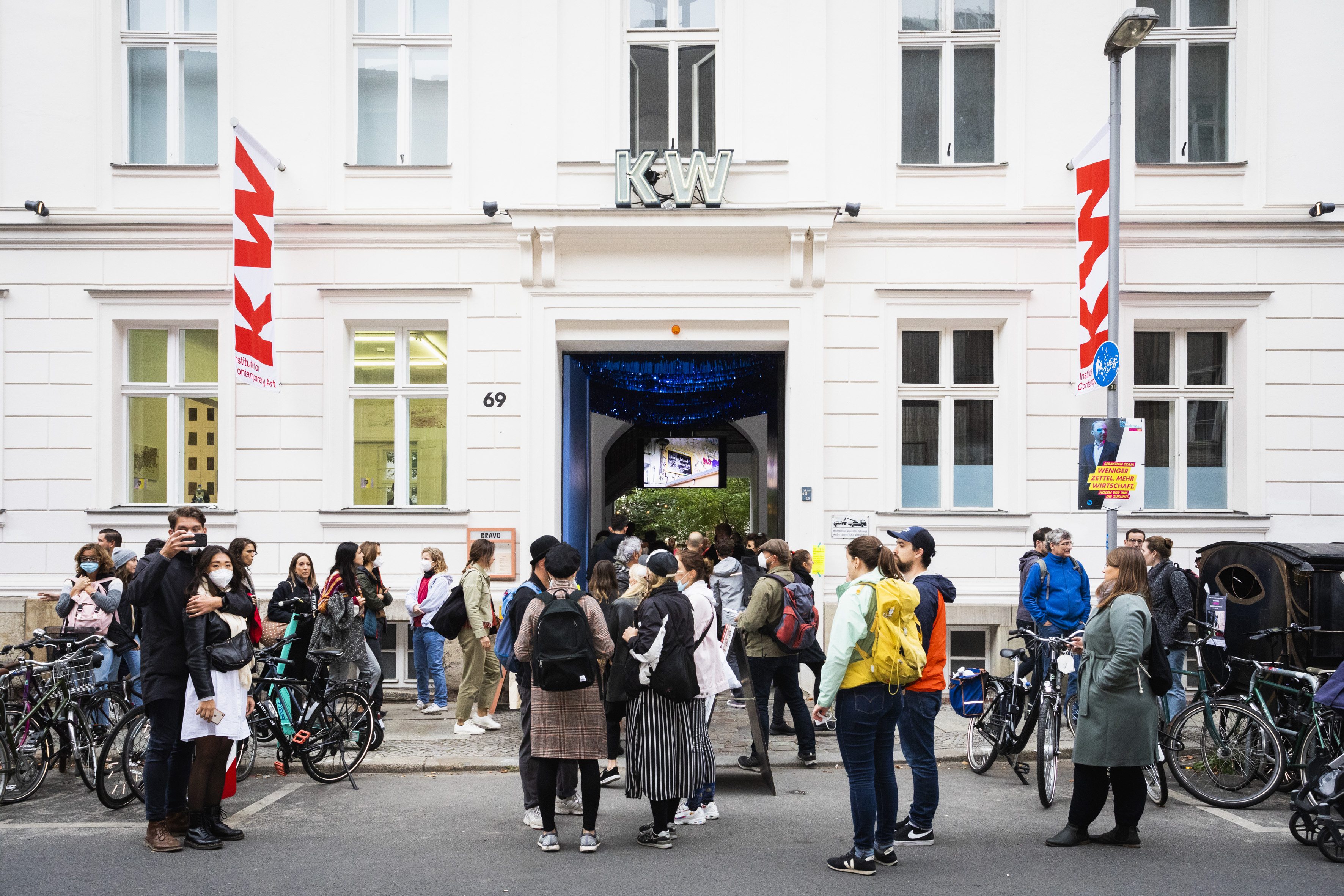

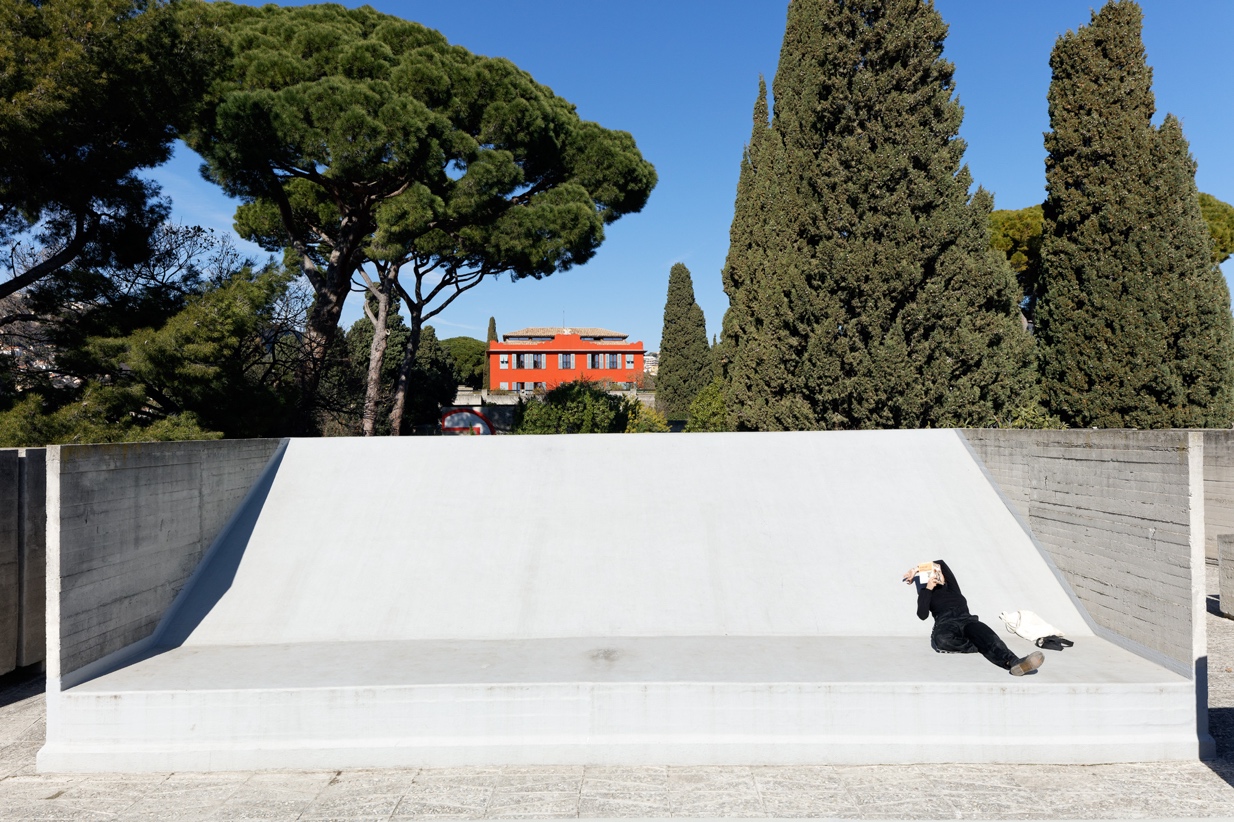
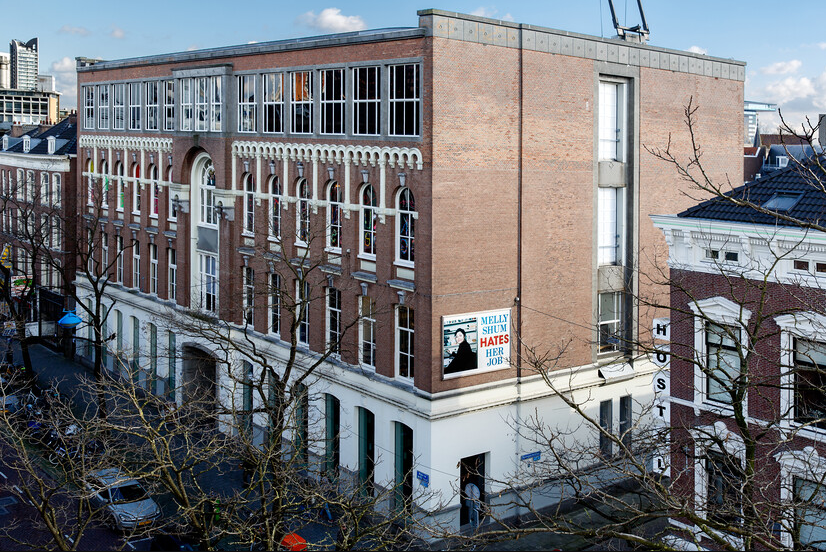

![View of the sculpture of the series Corte Seco [Dry cut] (2021), by Paulo Nazareth during the 34th Bienal de São Paulo. Commissioned by Fundação Bienal de São Paulo for the 34th Bienal de São Paulo](http://imgs.fbsp.org.br/files/81b3a05327e8559c64fc5cda09f3e1f8.jpg)
